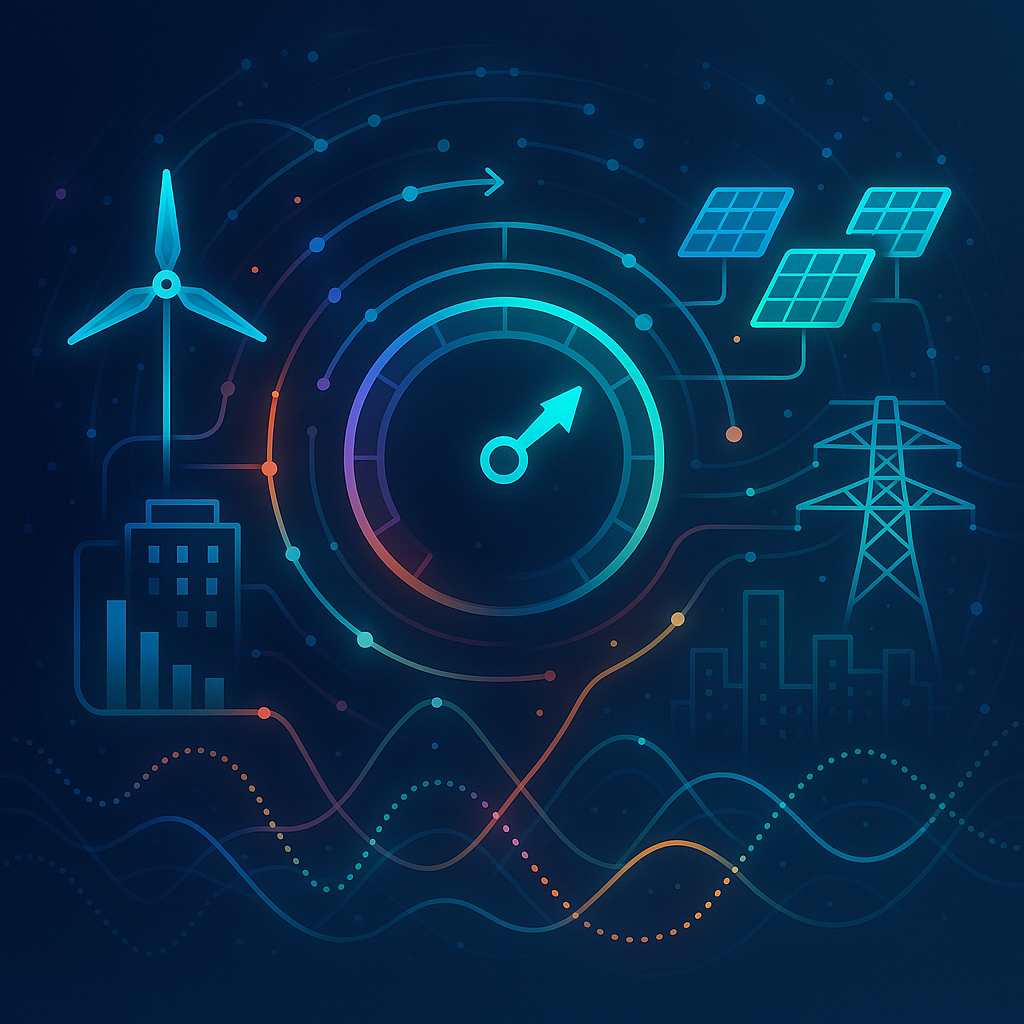Key Elements for Building a Virtual Power Plant
As the energy landscape evolves, virtual power plants (VPPs) are becoming an essential component of the future energy system. Here's a breakdown of the major elements that come together to create a virtual power plant:
1. The Devices
The foundation of any virtual power plant lies in the distributed energy resources (DERs) it integrates. These resources, which offer flexibility and scalability, can be found across residential, commercial, and industrial sectors. When focusing on the residential sector, the following devices play a critical role, each with its own set of advantages and challenges:
- Solar Panels and Battery Storage: Harness renewable energy and store it for later use.
- Electric Vehicle (EV) Charging Stations: Manage and optimize the charging process to align with grid needs.
- Electric Vehicles: Serve as mobile energy storage units that can either draw from or supply energy to the grid.
- Heat Pumps: Offer efficient heating and cooling solutions that can be modulated for flexibility.
- Hot Water Tanks: Store thermal energy that can be adjusted to balance grid demand.
- Other Large Electrical Appliances: Such as washing machines or dishwashers, which can be programmed to operate during off-peak hours.
The positive trend here is the rapid growth in the number of these devices, driven by consumer demand and government incentives, particularly in the areas of electrified transport and heating. This expanding network of devices lays a solid foundation for the virtual power plant's operations.
2. Connectivity
With the rise of IoT (Internet of Things) technology, connecting and managing these distributed energy assets has become increasingly feasible. This connectivity can be achieved through:
- Hardware-based Interfaces: Traditional methods involving physical connections between devices and control systems.
- API Integrations: Modern approaches that leverage software to create seamless, scalable connections between devices and central platforms.
The ability to easily connect a wide range of devices is critical to the success of a virtual power plant, enabling real-time communication and control.
3. Management and Control Platform
Once the devices are connected, they are monitored and managed through a central control platform. This platform offers several key features:
- Monitoring: Continuous observation of device performance and energy production.
- Forecasting: Predicting future energy demand and availability based on data like weather conditions and consumer behavior.
- Orchestration: Deciding which devices to engage and when, in order to meet energy demands with minimal disruption to users.
- Control: Sending commands to devices to adjust their operation in real-time.
- Reporting: Documenting the performance and financial outcomes of the virtual power plant's activities.
By analyzing monitoring data, the platform can forecast energy demand and determine the best way to leverage available flexibility. For example, it might decide to temporarily reduce the power consumption of a heat pump or shift the charging time of an EV. This controlled adjustment helps balance supply and demand on the grid.
4. Integration and Monetization
The flexibility provided by the virtual power plant can be monetized in several ways:
- Grid Services: Selling flexibility as a service to help stabilize the grid.
- Energy Services: Participating in energy markets by adjusting supply and demand in response to price signals.
Increasingly, virtual power plants use a "value stacking" approach, where they combine different services to maximize the financial return from the flexibility they offer.Finally, all activities—both technical and financial—need to be reported accurately. This includes tracking the timing and volume of energy provided, as well as ensuring compliance with regulatory requirements. A smart meter is often essential to unlock the full potential of flexibility and to provide the necessary data for reporting. In summary, building a virtual power plant requires a combination of distributed energy devices, robust connectivity, a sophisticated management platform, and strategic monetization of flexibility. As these elements come together, virtual power plants are poised to play a critical role in the energy systems of the future.
To learn more about how Beebop.ai can help you harness the power of Virtual Power Plants for a more resilient and efficient energy system, schedule a demo with our team today. Let’s work together to transform the future of energy!
Step into the power system of the future.









